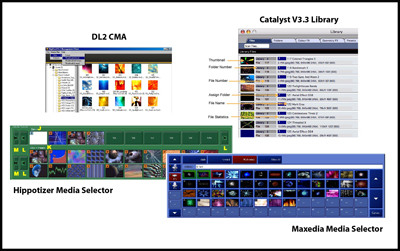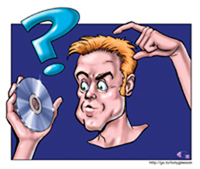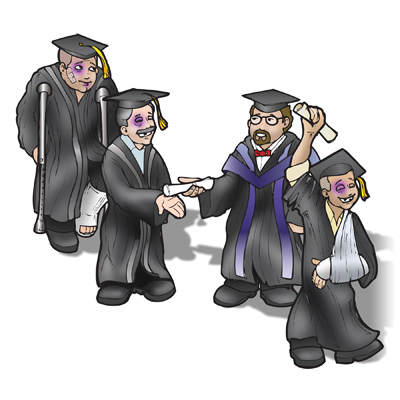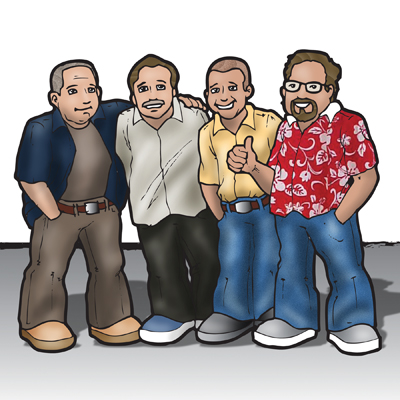Back in 1996, when the art of conventional lighting still reigned supreme on the “legitimate” stage, I was working as LD for a new play. (Yes, some of us do that.)
I received a packet of design materials from the M.E. at the theatre where we would load-in. We all know the condition in which many of these packets arrive, if they arrive at all, but this one was truly an exception. The instrument schedule detailed types, colors, lamps, circuits, channels, patch and everything else that I could think of. The plot, well drawn and to scale, gave a precise view of every instrument relative to its focal point. I even got the almighty sectional, which had the potential to save a lot of focus time. (This was before 1999, understand. Moving lights were still confined to the “big” shows and rentals.)






